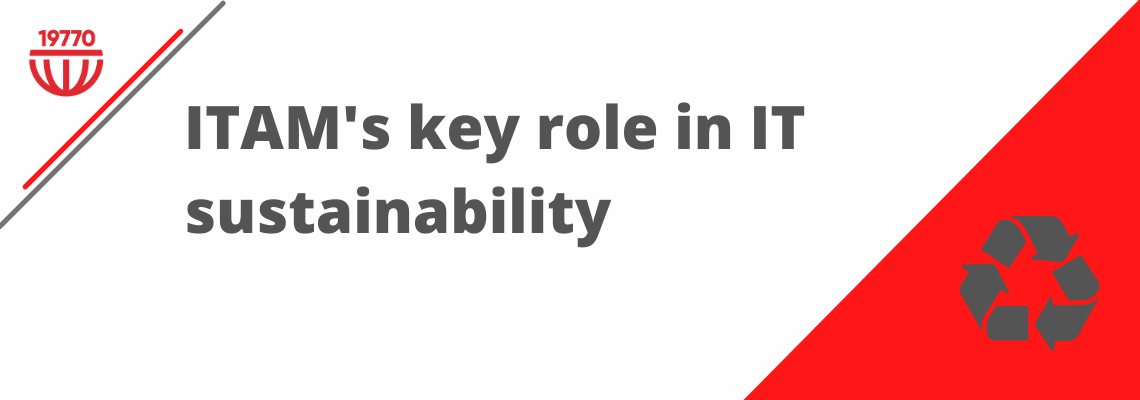The ISO ITAM Standards Committee recently published a new white paper focused on how ITAM can contribute towards sustainability. Rather than a thought-leadership piece, and one purely focused on energy consumption, this white paper addresses the full lifecycle impact of IT services. This includes the raw materials that go into building software, hardware and cloud services. It also touches on the environmental impact of creating IT services in the first place.
Eye-opening statistics
The paper offers some attention-grabbing statistics, including the following, to help ITAM professionals take note and take action:
- Globally, we generate some 53 million tons of electronic waste (e-waste) every year, an amount that’s projected to more than double by 2050.
- Data centres consume 1% of the world’s global electricity demand, and ICT as a whole, including some personal devices, totals 2% putting it on par with aviation.
- Less than 20% of the precious metals required to build IT equipment are recycled. It’s predicted that some of these materials will run out within decades unless alternative sources are found.
Positive next steps
However, it’s not all doom and gloom. The paper offers some great advice, tips and take-aways on various topics, including how to:
- make smarter decisions and choices
- establish a circular chain
- prolong the life of IT assets
- select an IT asset disposition (ITAD) partner
Ultimately, this paper:
- argues for a holistic approach to IT sustainability
- aims to inspires ITAM professionals to embrace sustainability
- speaks to the key role ITAM can play
ITAM professionals can help
ITAM professionals are in a prime position to help organisations sustainably manage IT assets. How? By continuing to do what they do best – effectively and efficiently managing IT assets throughout their entire lifecycle while keeping an eye out for sustainability-minded improvement opportunities.
What are you doing to help your organisation more sustainably manage it’s IT?

